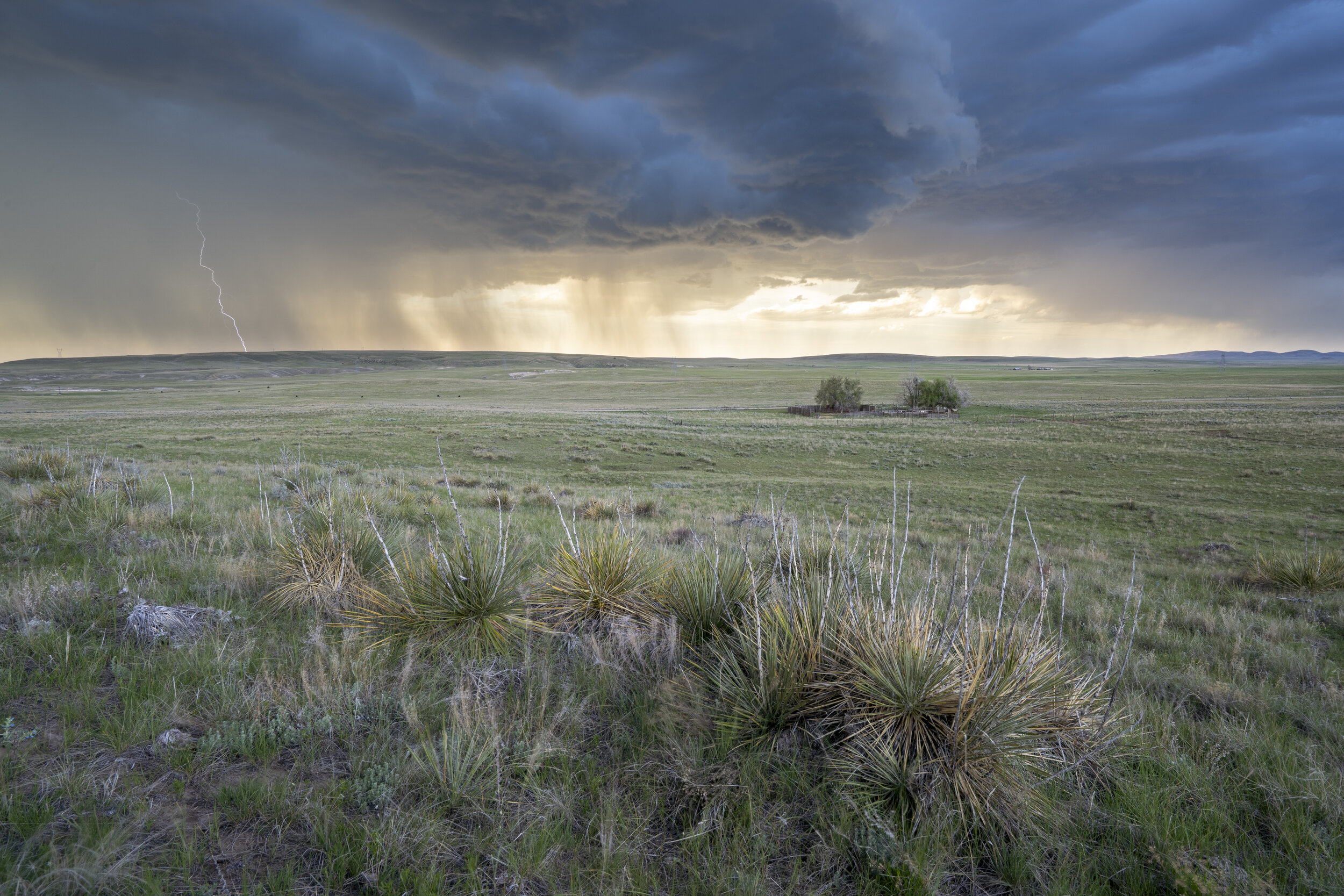
BCAS Articles
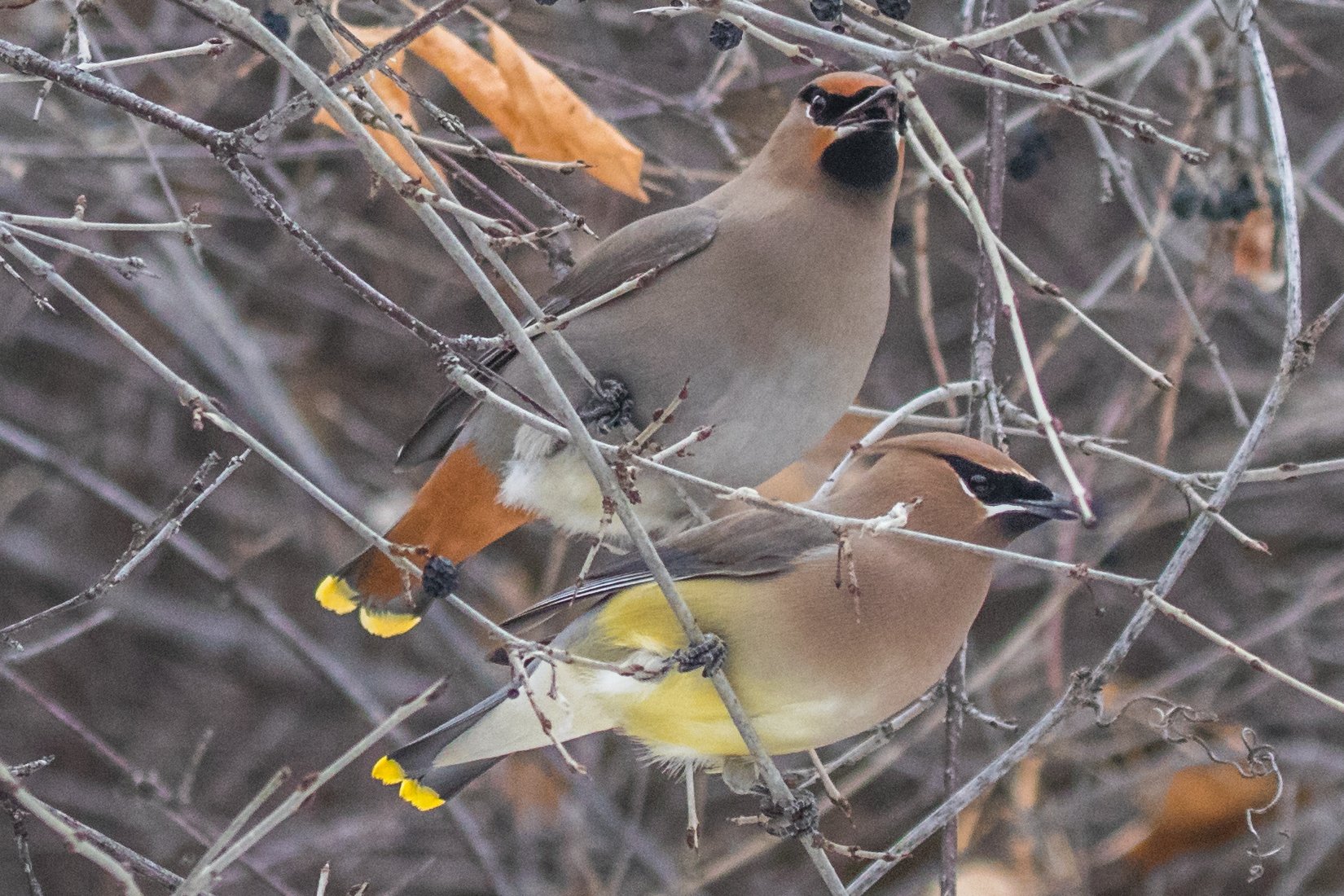
February Nature Almanac: Wandering Waxwings
Our frigid early morning bird walk began just after sunrise, as we looked for some rare visitors to the Colorado Front Range.
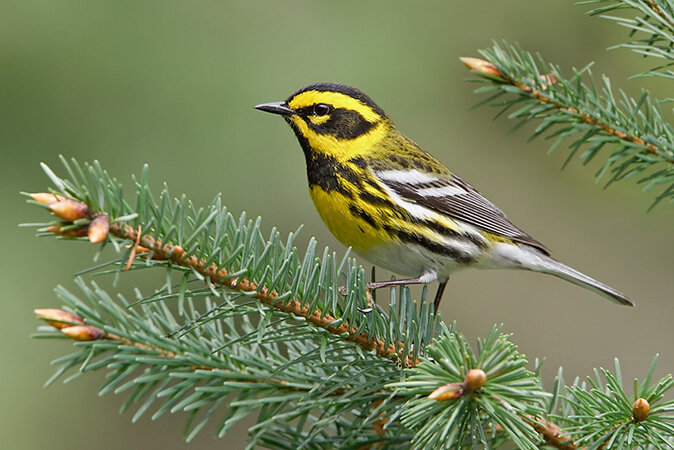
January Nature Almanac: A Confusion of Warblers
Popular English collective nouns for warblers include a “bouquet,” a “fall,” or a “wrench” of warblers. Or—most apt for Colorado this past autumn—a confusion of warblers. What were those tiny bits of fluff thinking when they settled down here in November instead of migrating south?

December Nature Almanac: Muskrats Cozy up in Winter
There's a steep embankment along Clear Creek where we often see a muskrat munching on a leaf or a clump of pond weed. The muskrat seems unperturbed, nibbling away, while we sit on the opposite bank watching. Then, with hardly a sound, she eases into the water and vanishes below the surface. Her den entrance is located underwater, and she swims unseen from there up to the den floor deep within the embankment.

November Nature Almanac: Short-eared Owls - Silent Hunters of the Marsh
Named for their small ear tufts (which are rarely visible) Short-eared Owls are medium-sized, just slightly smaller than a crow.

October Nature Almanac: Poison Ivy Can Brighten or Blighten Your Day
Poison ivy with its variegated shades of salmon, orange, red, and yellow is one of the most beautiful autumn plants in the understory.

September Nature Almanac: Caching in for a Living – Food Hoarding Behaviors of Colorado Birds
As the last few leaves fall from the trees, and snow levels begin to rise, our thoughts often turn to the wildlife outside our homes and their adaptations to survive the extremes of winter. One such adaptation involves caching, or storing, food for later use.

August Nature Almanac: What's up with our Monsoon?
When Coloradans talk about our "midsummer monsoon," visitors from India must shake their heads. After all, two or three inches of precipitation over a six-week period hardly compares to the torrents of life-sustaining rain that wash over the Indian subcontinent each summer.
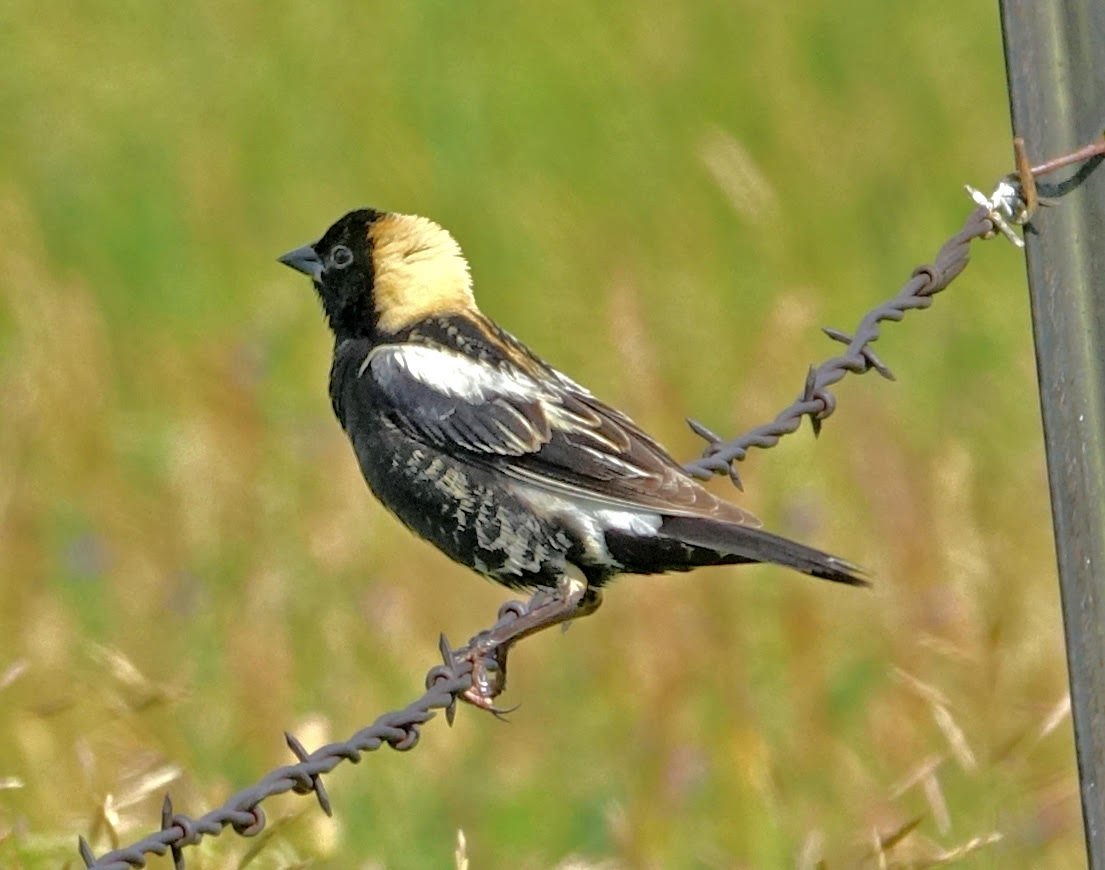
July Nature Almanac: Meadowtation
Why sacrifice blood to mosquitoes who are out whining and dining in wet meadows in July? Fireflies, snipe, and bobolinks are three good reasons.

June Nature Almanac: Variegated Fritillaries Invade Foothills Grasslands
The common name variegated fritillary describes the complex pattern of orange, brown, and buff scaling on the underwings.

May Nature Almanac: Tyrannical Western Kingbirds Rule!
A gray bird with a lemon-yellow belly and lots of attitude flies out from a perch and chases off an intruder. This vocal defender of territory is a Western Kingbird.

April Nature Almanac: Flutist of the Prairie
The West is home of one of the best songsters in the world, yet we often take this prairie crooner for granted. Of course, we’re referring to the Western Meadowlark, the master singer of any worthy pasture, open-space parcel, or grassland along the Front Range.

March Nature Almanac: Early-Appearing Saw-whet Owls Face Deep-Freeze and Feral Cats
Standing just 5.5 inches tall and weighing less than 4 ounces, Northern Saw-whet Owls need to consume close to 20% of their body weight each winter day to keep body temperatures from plunging.

February Nature Almanac: Manzanitas Bloom for Christmas… and for Valentine’s Day
We think of manzanitas as being emblematic of California. However, Panchito manzanita is native to the Uncompaghre Plateau in western Colorado. It is well adapted to a dry climate and fluctuating temperatures.
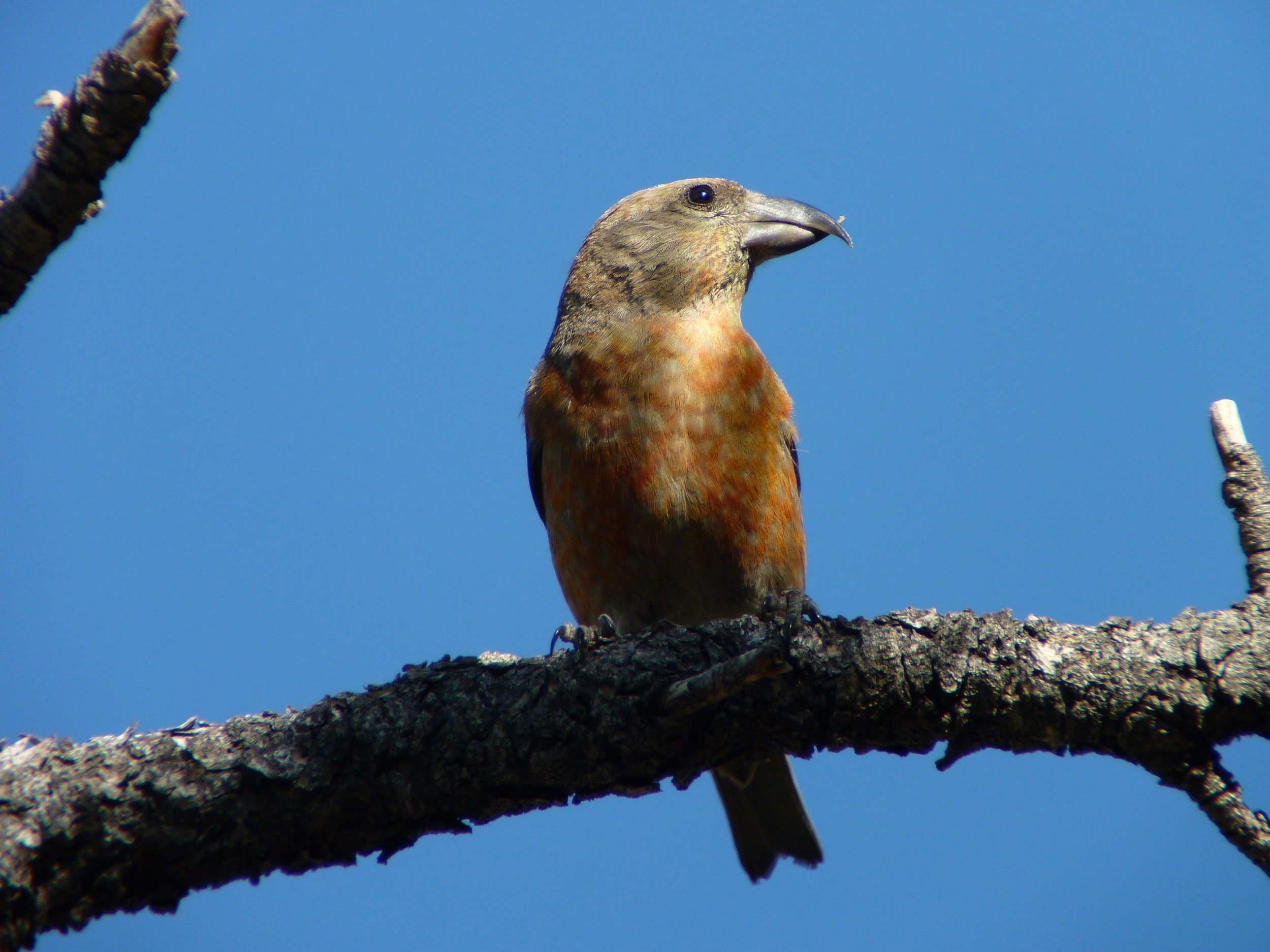
January Nature Almanac: Red Crossbills Usher in the New Year
Hardy creatures, crossbills are able to withstand the harshest winter weather nature can bring on, as long as food remains available. A finch relative, they are found throughout the foothills and mountains of Colorado.
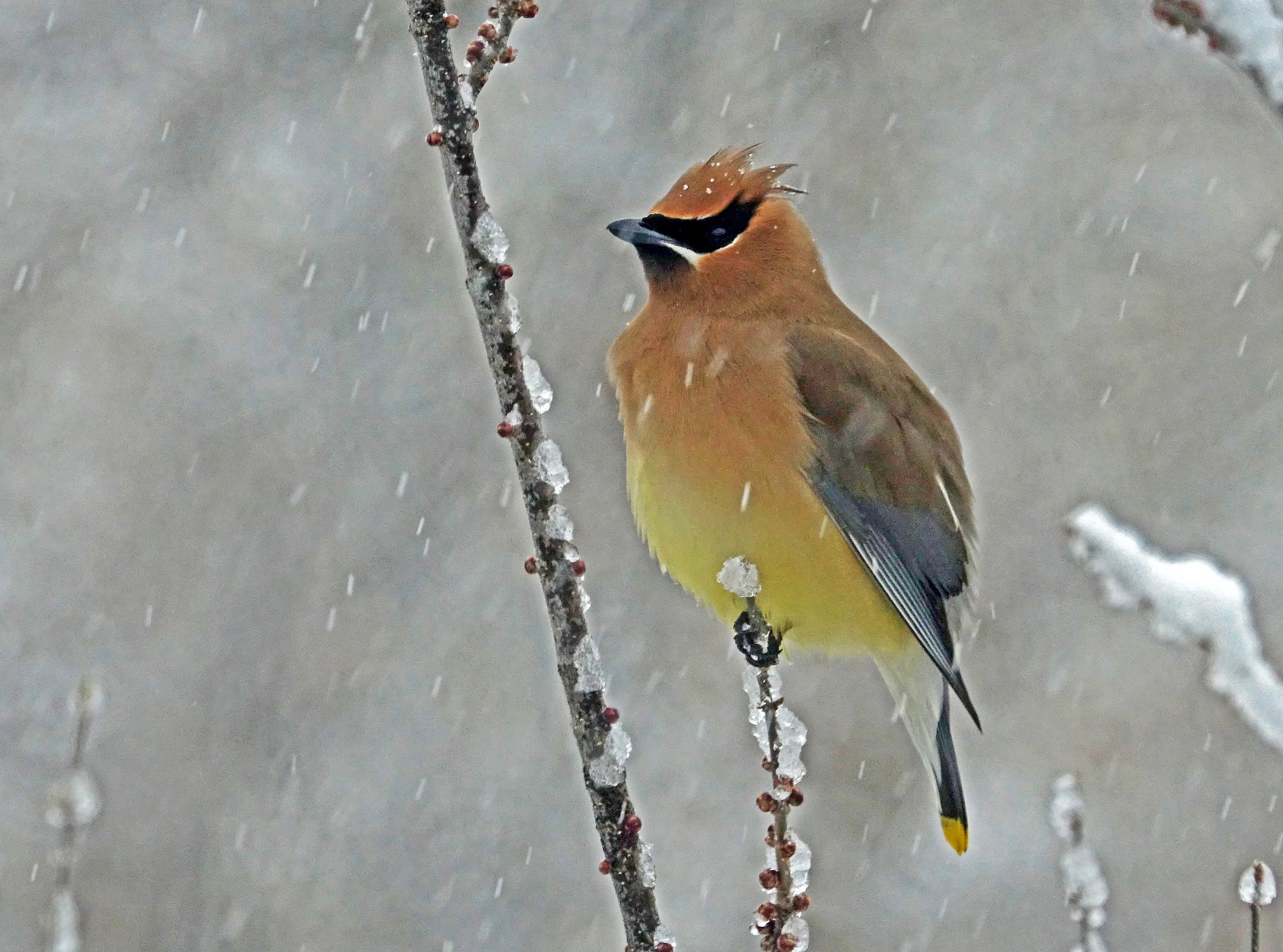
December Nature Almanac: Cedar Waxwings Embrace Suburban Life
When we first settled in Boulder more than a half-century ago, we would have been startled and thrilled to see a Cedar Waxwing in our backyard. Now we see or hear them throughout the year -- flocking to junipers, dangling from berry-laden mountain ashes, or visiting our backyard bird feeders.
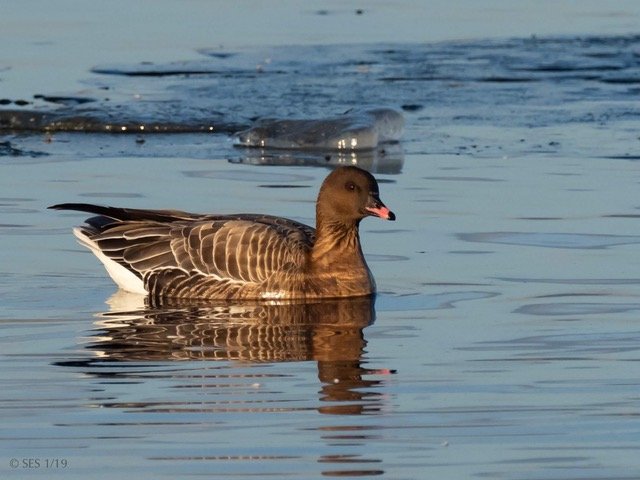
November Nature Almanac: Defective compass may send disoriented migrants our way
In the autumn and early winter of 2018 local birders became excited by birds that should not have been here. Winds probably helped push these out-of-place birds north that year, but another cause may be a phenomenon called “reverse migration” that happens when a bird flies in the opposite direction from their usual route.

October Nature Almanac: Irascible Mud Hens
They've been here all summer, and they'll probably be here all fall and winter too—those noisy little dark, duck-like birds that like to dabble around in the wetlands of eastern Colorado.
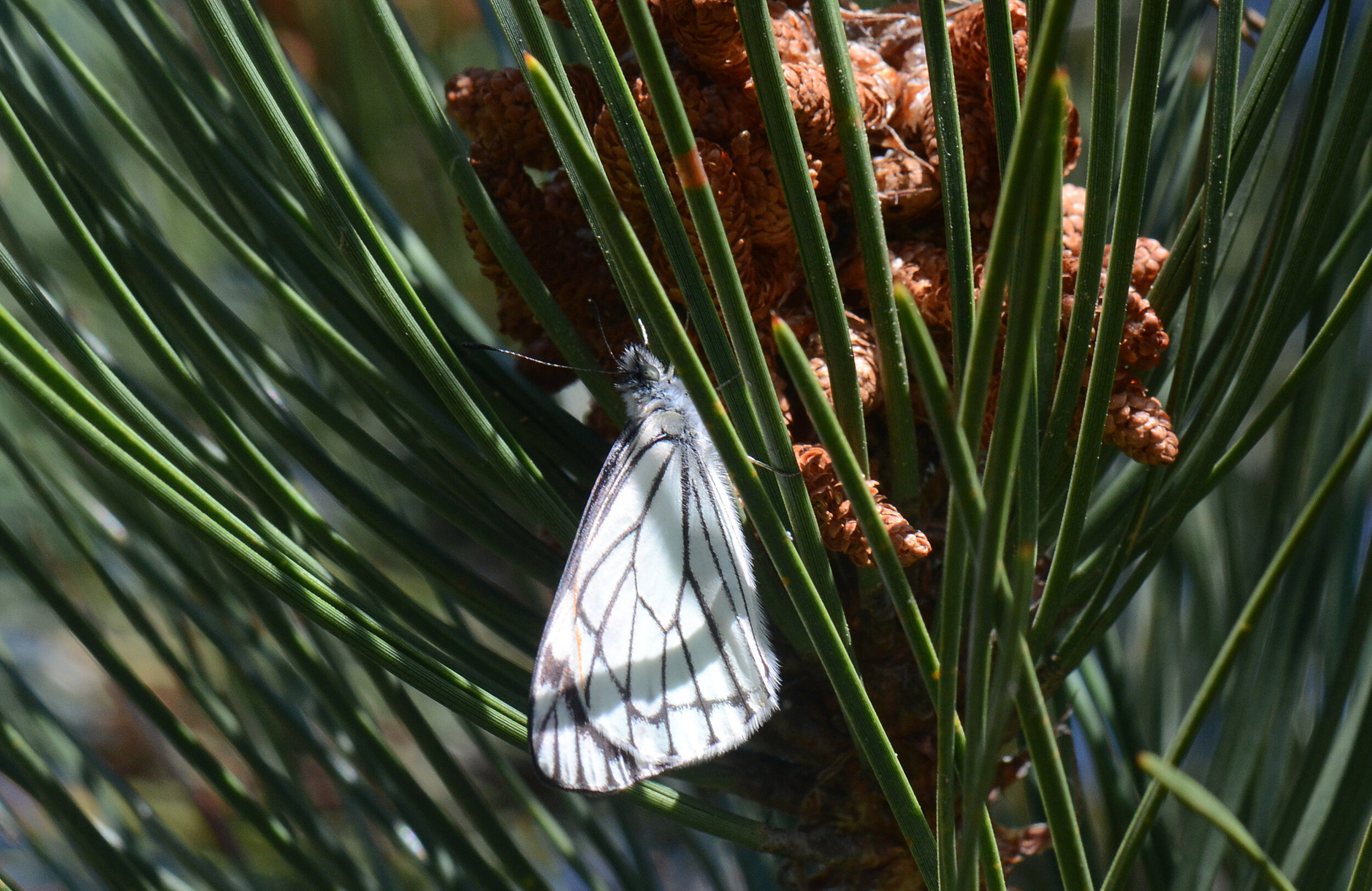
September Nature Almanac: Pine Whites Float on Late Summer Breezes
When out looking for butterflies in the foothills, we typically scan wildflowers blooming along either side of the trail, alert for flashes of orange or yellow. But during September, if you look straight overhead, you're likely to see a striking butterfly flitting through the conifers.

August Nature Almanac: Ebony Jewelwings Dash and Flash Above Languid Streams
Like turquoise and emerald wands with ebony wings, jewelwing damselflies (Calopteryx maculata) make us catch our breath in wonder.

July Nature Almanac: AcroBats Over Boulder
Ten species of bats breed in Boulder County! Learn more about their activities throughout the year and where you can see them in July.
